When Kamala Harris became the prospective new Democratic party presidential candidate on July 21, social media was quickly flooded with coconut and palm tree emojis, black writing on lime green backgrounds, the word “brat”, and questions about the actress Maya Rudolph’s whereabouts. But how do these memes and popular culture references relate to the US election campaign?
Following last year’s “Barbiecore” theme, social media posts this summer are all about neon lime green and being “brat”. The trend emerged from the new album of the same name by British pop singer Charli XCX.
Many social media users have adopted the album cover art (black arial font on a neon lime green background) as a meme (a popular and shareable cultural idea). According to Charli XCX, the meaning of “brat” is to be “that girl who is a little messy and likes to party … Who feels herself but maybe also has a breakdown … is very honest, very blunt, a little bit volatile”.
Harris has become associated with the meme over the past weeks. But it was not until Charli XCX posted her endorsement of the sentiment (“kamala IS brat”) that the “brat” posts about Harris really took off. The campaign appeared to be keenly aware of the trend and created a header image for the new “kamalahq” X account in the style of the album cover.
X/Twitter
While the “brat” traits do not necessarily fit Harris in her public persona, the trend could still be effective for her campaign, as many voters like to imagine politicians’ private lives and personas in evaluating a candidate to support. For instance, many people consider whether they would like to grab a beer with a candidate – a measure of the candidate being down to earth or relatable.
Among gen Z and younger millennials, it is not so much about wanting to have a beer with a candidate, but rather about having fun with a candidate. That Harris is considered “brat” among these voter groups is high praise for the vice-president.
Coconut tree
The coconut and palm tree emojis reference a speech Harris gave at the White House last year in which she quoted her mother speaking about younger generations. In the clip, Harris is seen laughing as she recounts how her mother said: “You think you just fell out of a coconut tree? You exist in the context of all in which you live and what came before you.”
While Harris’ campaign account has referenced part of the viral clip in its bio – “providing context” – the vice-president and her team have been carefully avoiding any references to coconut trees. Some social media users have expressed disappointment at this, suggesting Harris should more explicitly acknowledge and embrace the meme. But the current campaign strategy may be the more effective and strategic choice.
The meme emerged organically on social media without prompting from the campaign and has developed into a rallying cry and show of support for Harris. Supporters have started to include the emojis in their display names or bios, creating a symbol of community and a visual representation of the support the vice-president enjoys among prospective voters.
If Harris were to acknowledge or use the meme now, it may halt the momentum. The meme may no longer feel organic, and it would take away from the speculation about whether Harris is aware of the meme, what she thinks of it, and whether she may one day acknowledge it.
In short, there would be less discourse which is rarely what a campaign wants.
‘Where is Maya Rudolph?’
As soon as Harris was endorsed by outgoing president Joe Biden, several social media users were suddenly very concerned with Maya Rudolph’s whereabouts and schedule. The actress famously played Harris on the sketch comedy show Saturday Night Live (SNL) during the 2020 campaign and is now expected to reprise the role this year.
SNL has been subject to renewed popularity over the past two decades, with the 2020 American National Election Study revealing that Americans were more likely to watch SNL than many traditional news programmes.
Research on the influence of political comedy has shown that young people in particular are more likely to learn about candidates from programmes such as SNL than from traditional news during campaigns. So SNL and other comedy programmes have become a popular platform for presidential candidates, providing the means to make their case to voters in a fun, down to earth way.
A ‘meme-ified’ campaign?
Harris appears keenly aware of the SNL effect. In 2020, she teamed up with Rudolph for a fundraising event. So it wouldn’t be that surprising to see Harris on SNL this autumn – perhaps dancing to the song Femininomenon by Chappell Roan, which has become an anthem in “fancams” (fan videos) about her on TikTok.
Whether she embraces it explicitly or not, the meme-ification of Harris’ campaign has significant potential to make a positive impact on her campaign. While the emojis and neon lime green headers have created a visual representation of community, the attention on the memes has also prompted news media coverage.
Instead of immediately discussing her family life, as is often the case for female candidates, reports about the campaign now seek to explain the popularity of coconut trees and “brat summer”. It aims to frame Harris in a positive, down to earth and relatable image that will certainly be viewed favourably by her team.
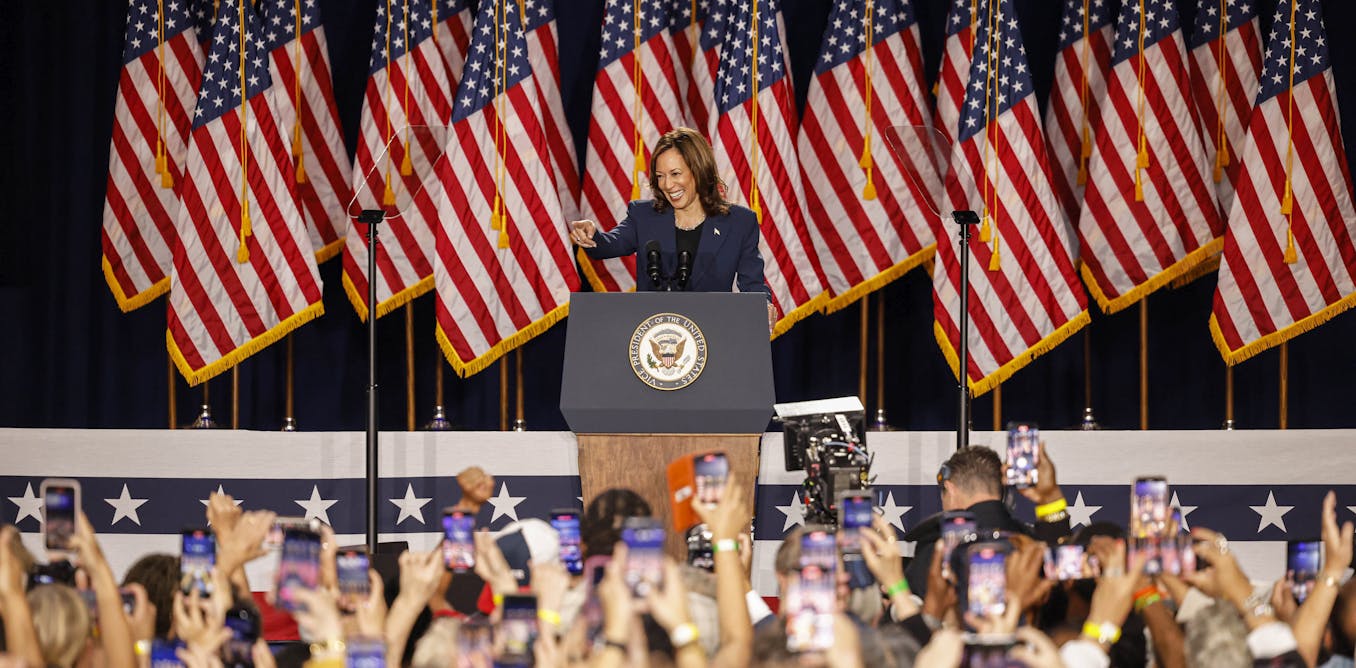
The post “an expert explains the Kamala Harris memes flooding the internet” by Caroline Leicht, Visiting Fellow, Politics and International Relations, University of Southampton was published on 07/24/2024 by theconversation.com






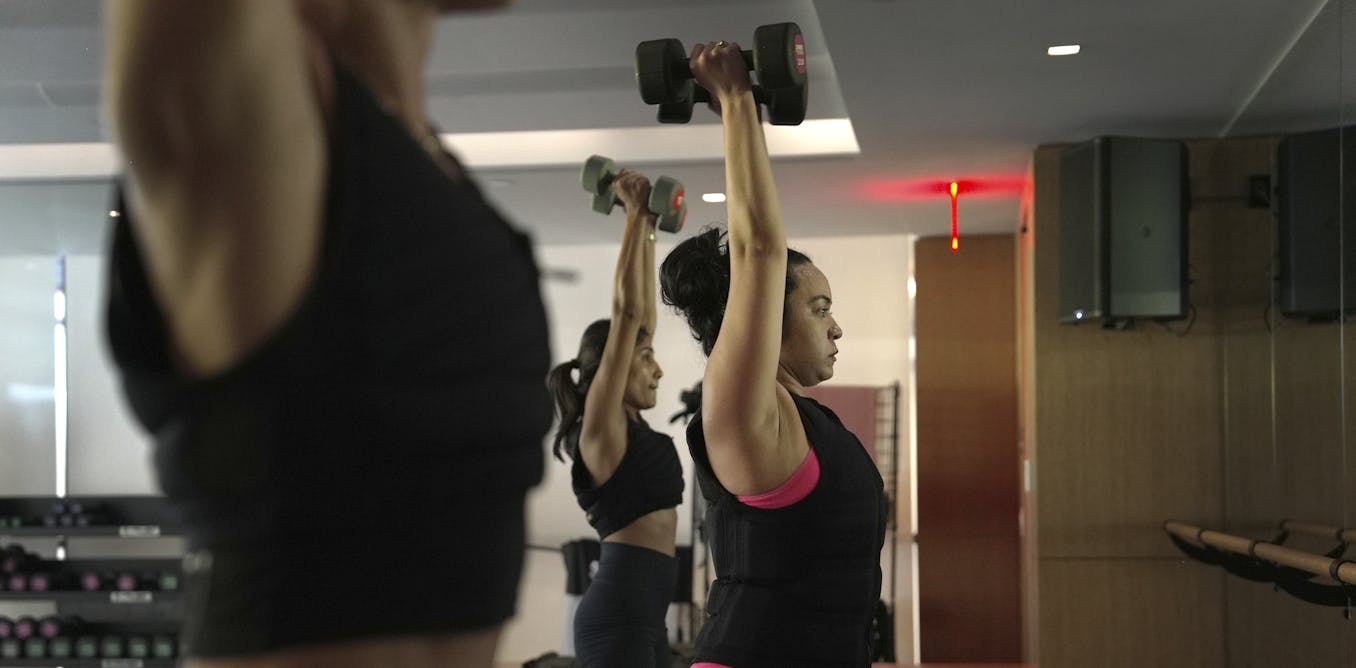
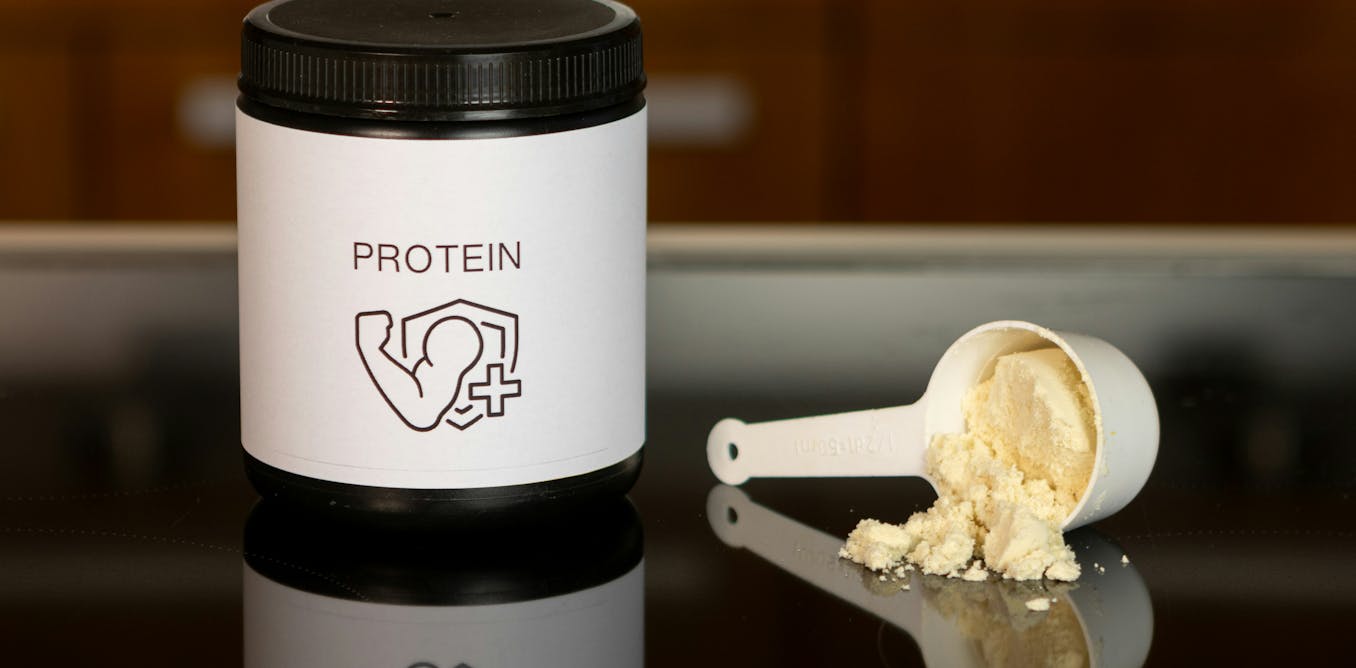


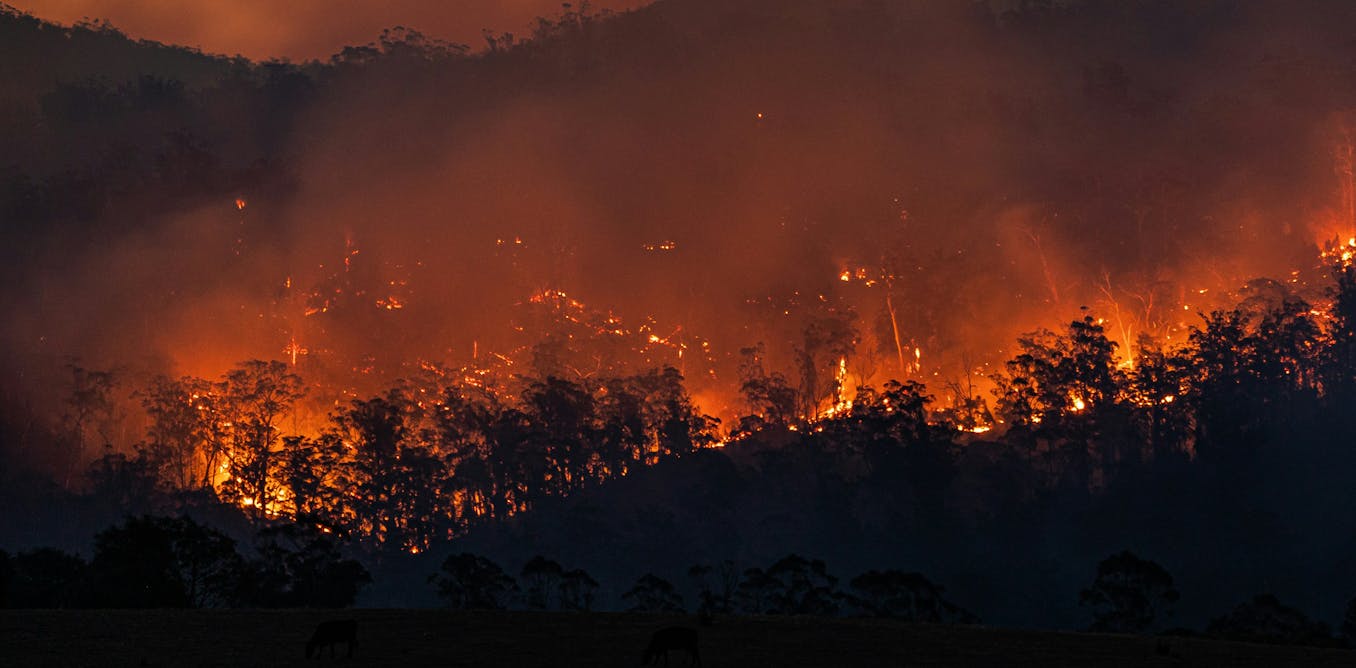
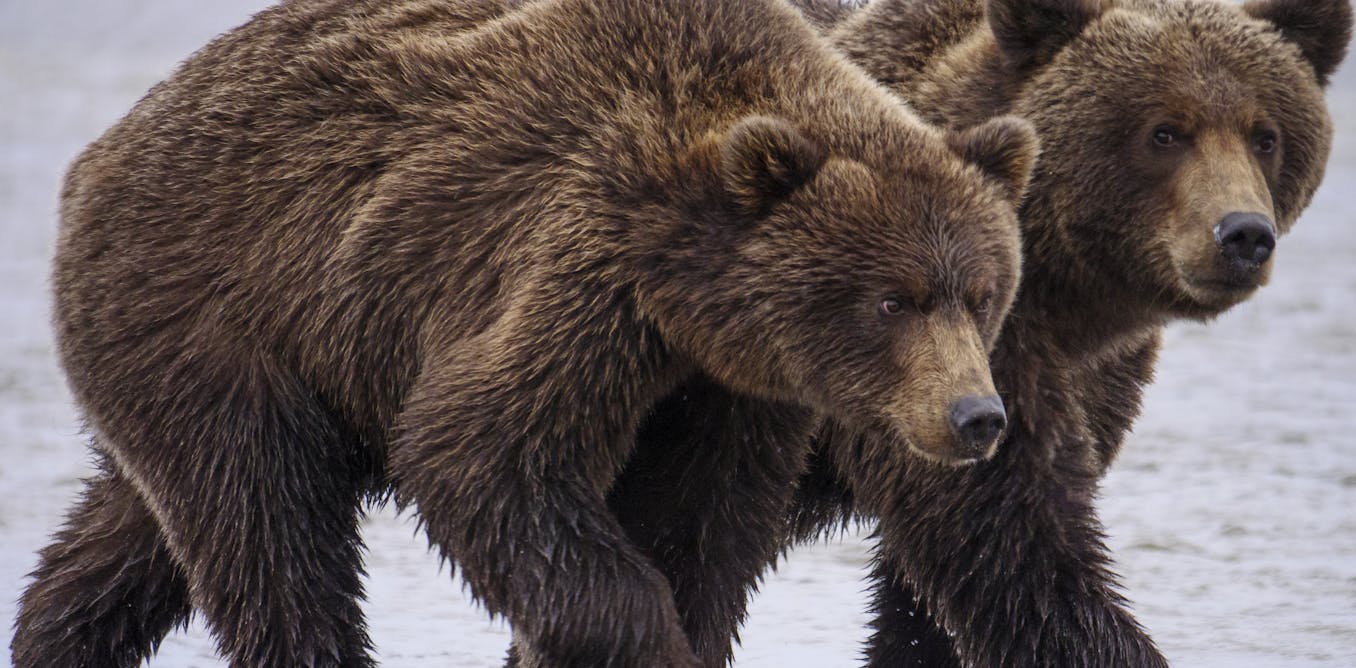

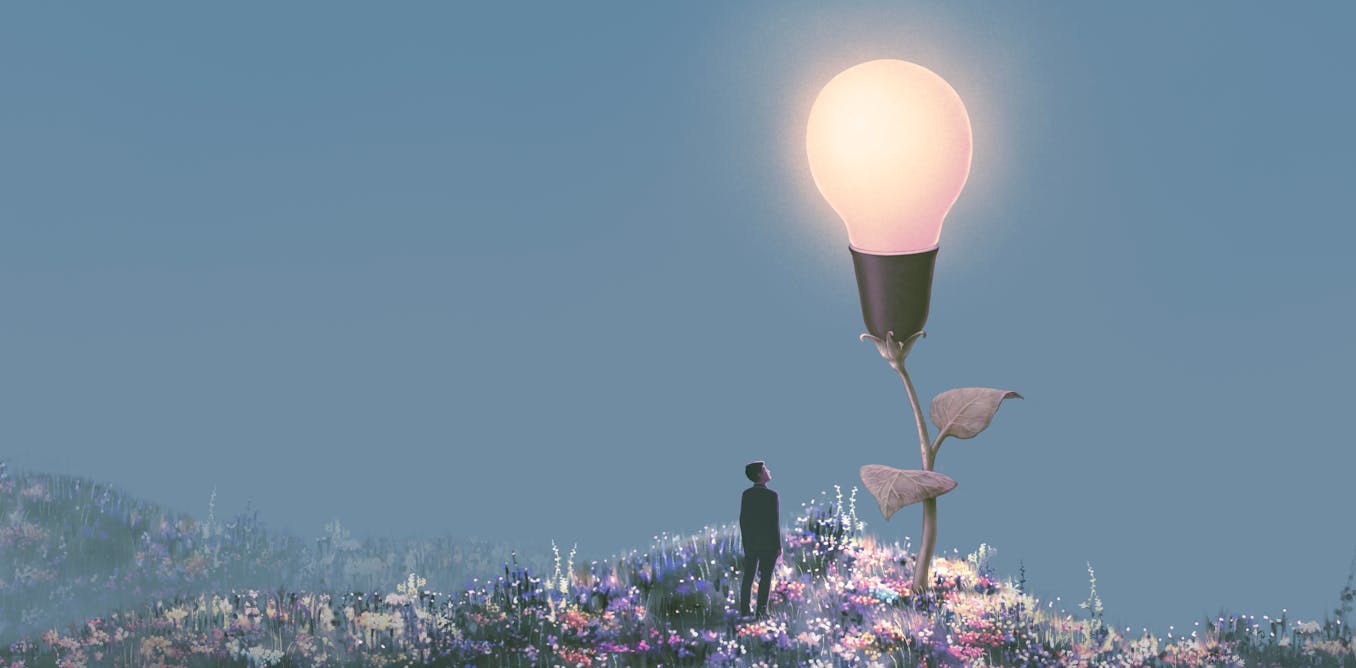
























Leave a Reply